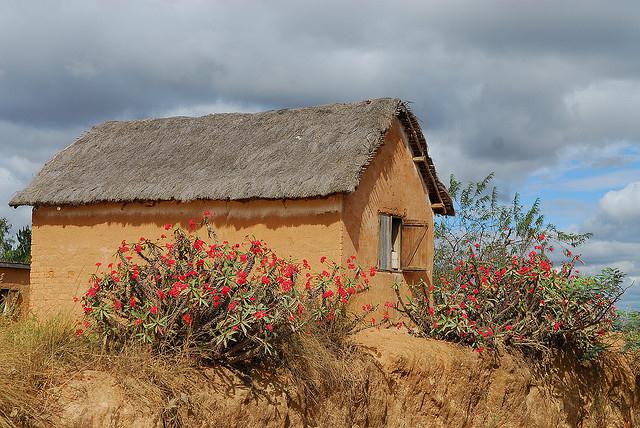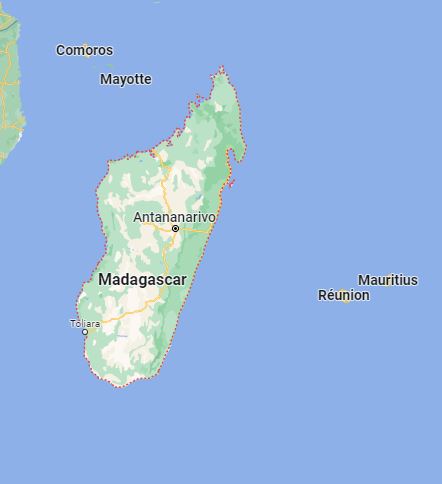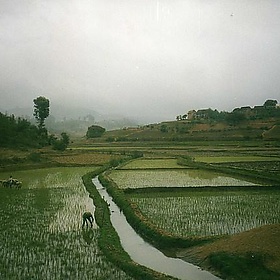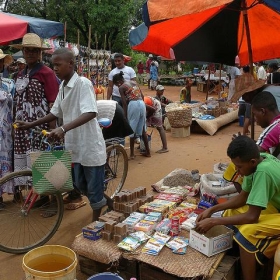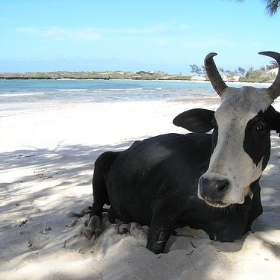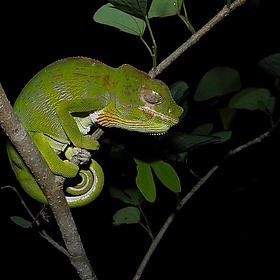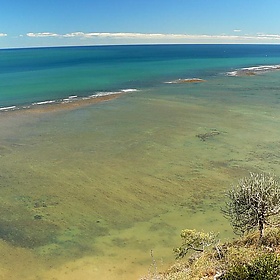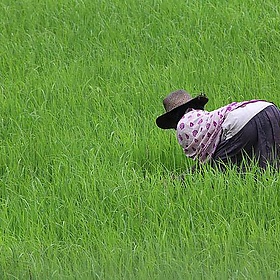Madagascar
The Republic of Madagascar is an island country located in the Indian Ocean off the southeastern coast of Africa. The nation comprises the island of Madagascar which is the fourth-largest island in the world, as well as numerous smaller peripheral islands, the largest of which include Nosy Be and Nosy Boraha.
Madagascar is a biodiversity hotspot in which over 80% of its plant and animal species are found nowhere else on Earth. These are dispersed across a variety of ecoregions, broadly divided into eastern and south-central rain forest, western dry forests, southern desert and spiny forest. The island's diverse ecosystems and unique wildlife are severely threatened by human settlement and traditional slash-and-burn practices (tavy) which have denuded Madagascar of 95% of its original forest cover.
In 2010 the population of Madagascar was estimated at around 20 million, 85% of whom live on less than two dollars per day. Ecotourism, agriculture, expansion of international trade and greater investments in education, health and private enterprise are key elements of Madagascar's development strategy.
Current and future generations in Madagascar are faced with the challenge of striking a balance between economic growth, equitable development and natural conservation.
Why visit?
- Madagascar is home to some of the most beautiful national parks in the world. From the Isalo National Park in the south to the Tsingy de Bemaraha National Park in the north, Madagascar has something for everyone.
- Madagascar is home to a wide variety of unique wildlife, including lemurs, chameleons, and fossas. It is also home to some of the world's most endangered species, such as the radiated tortoise and the blue-eyed black lemur.
- Madagascar is home to some of the most delicious food in the world. From the traditional Malagasy dishes to the French-influenced cuisine, Madagascar has something for everyone.
